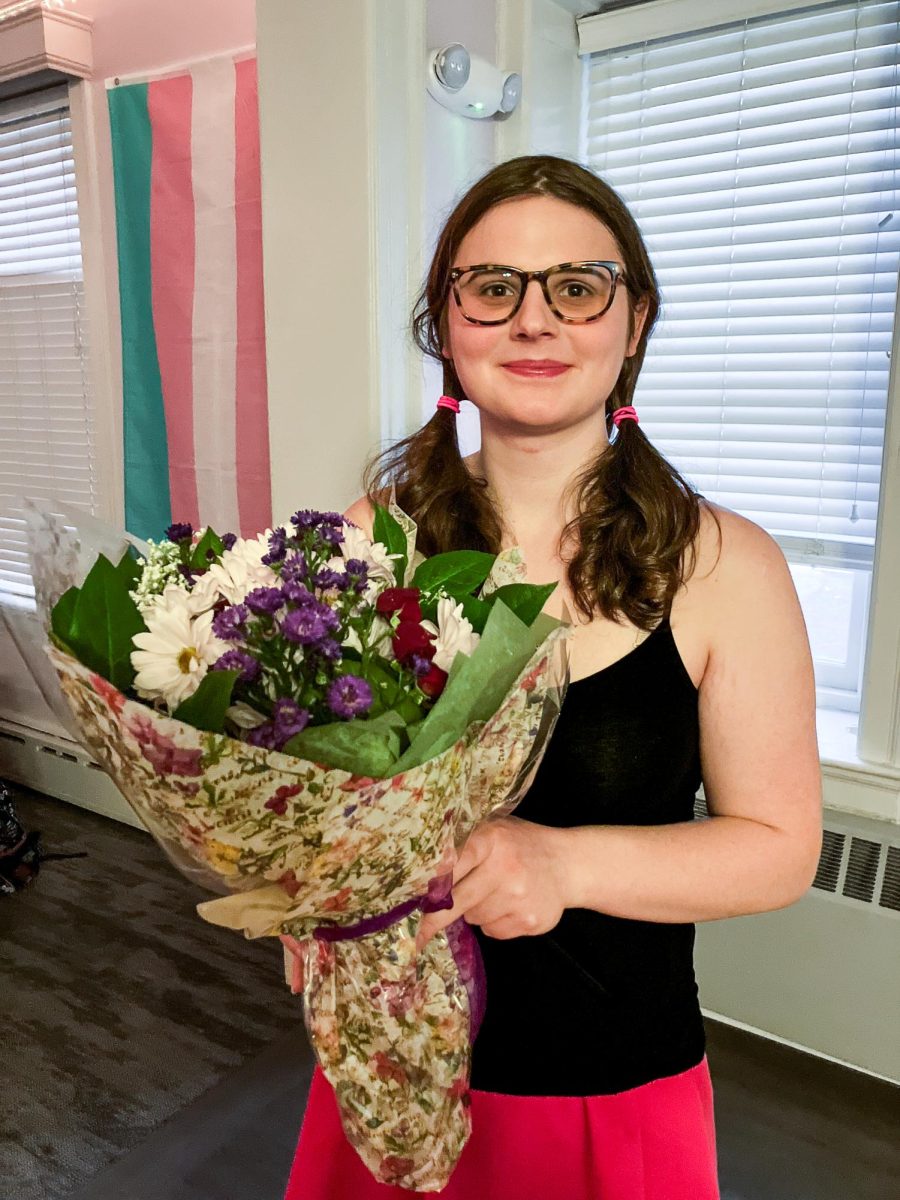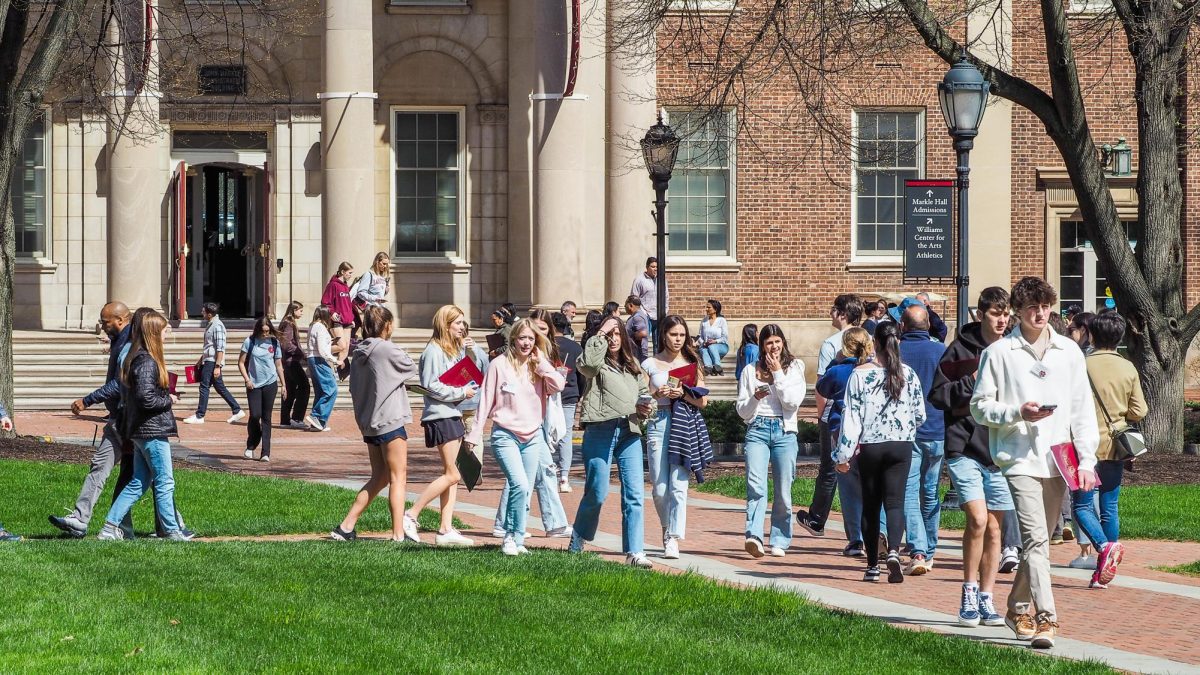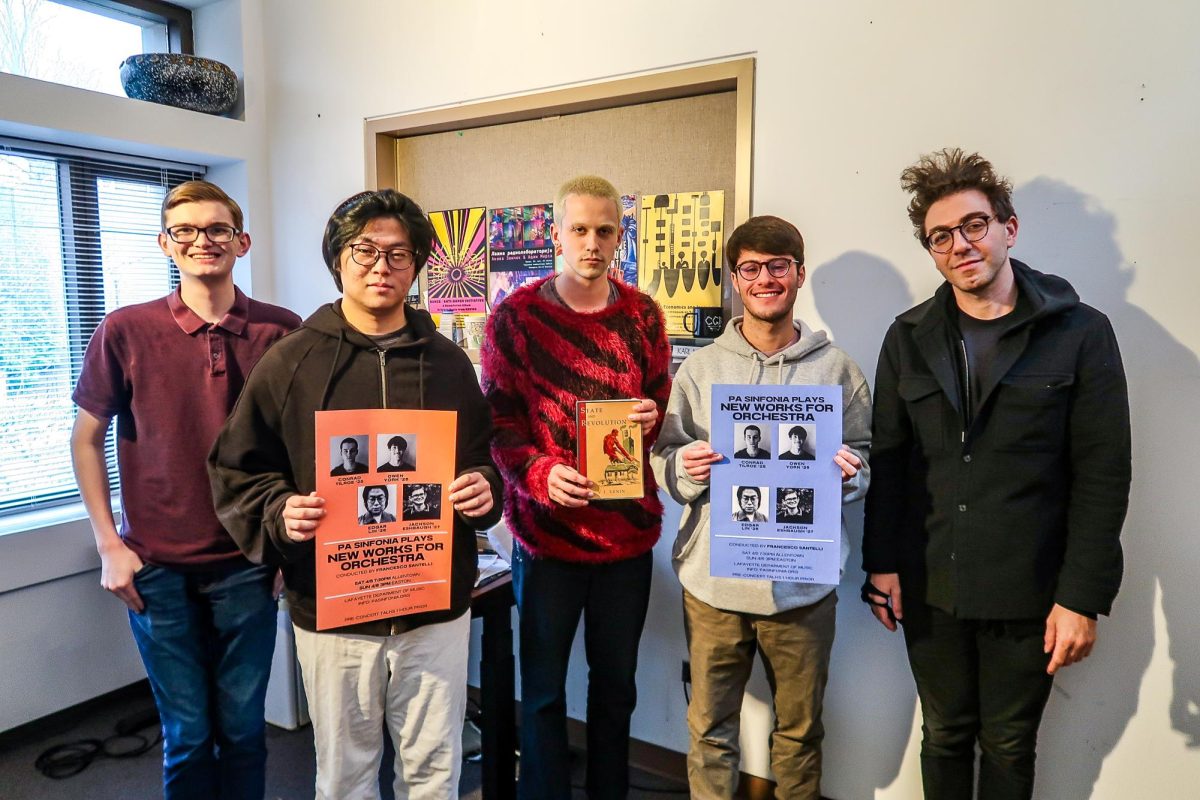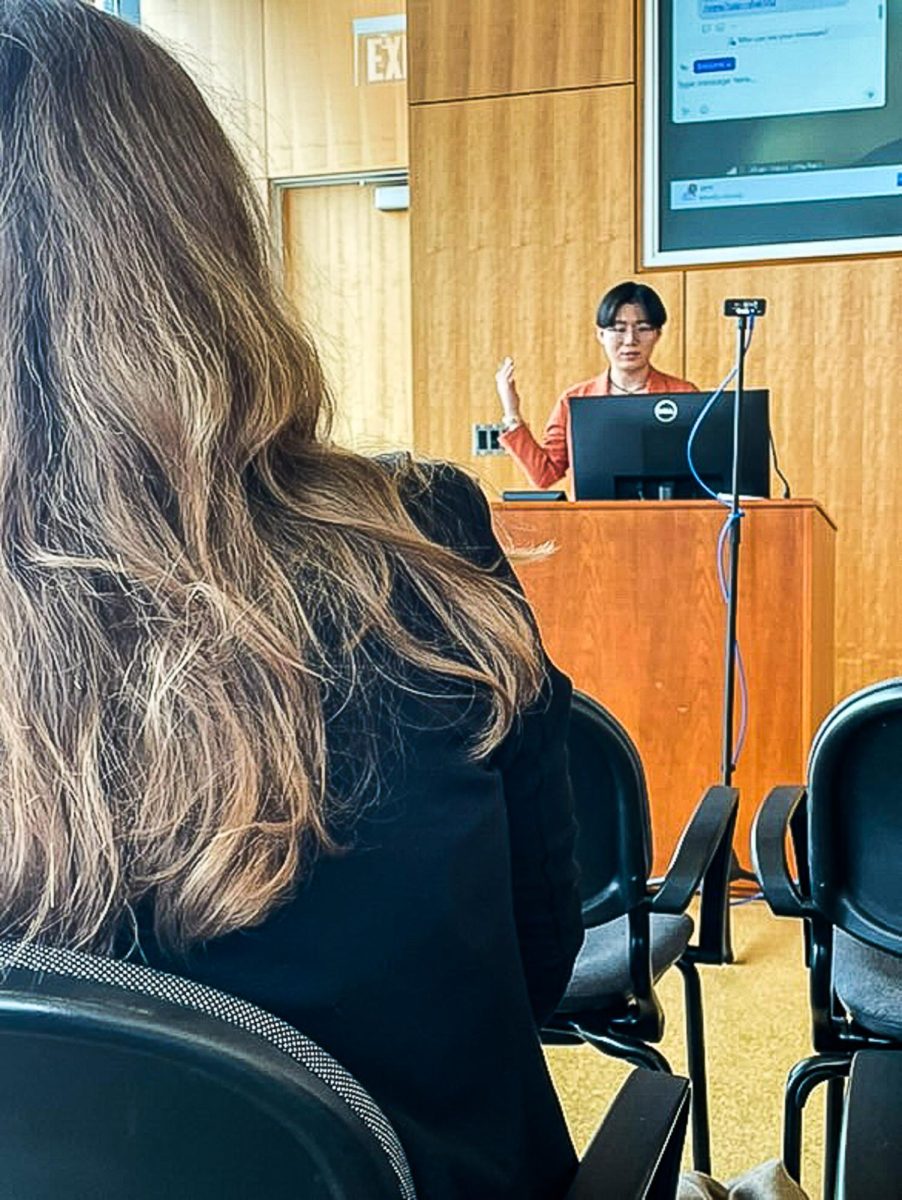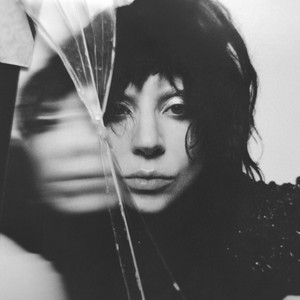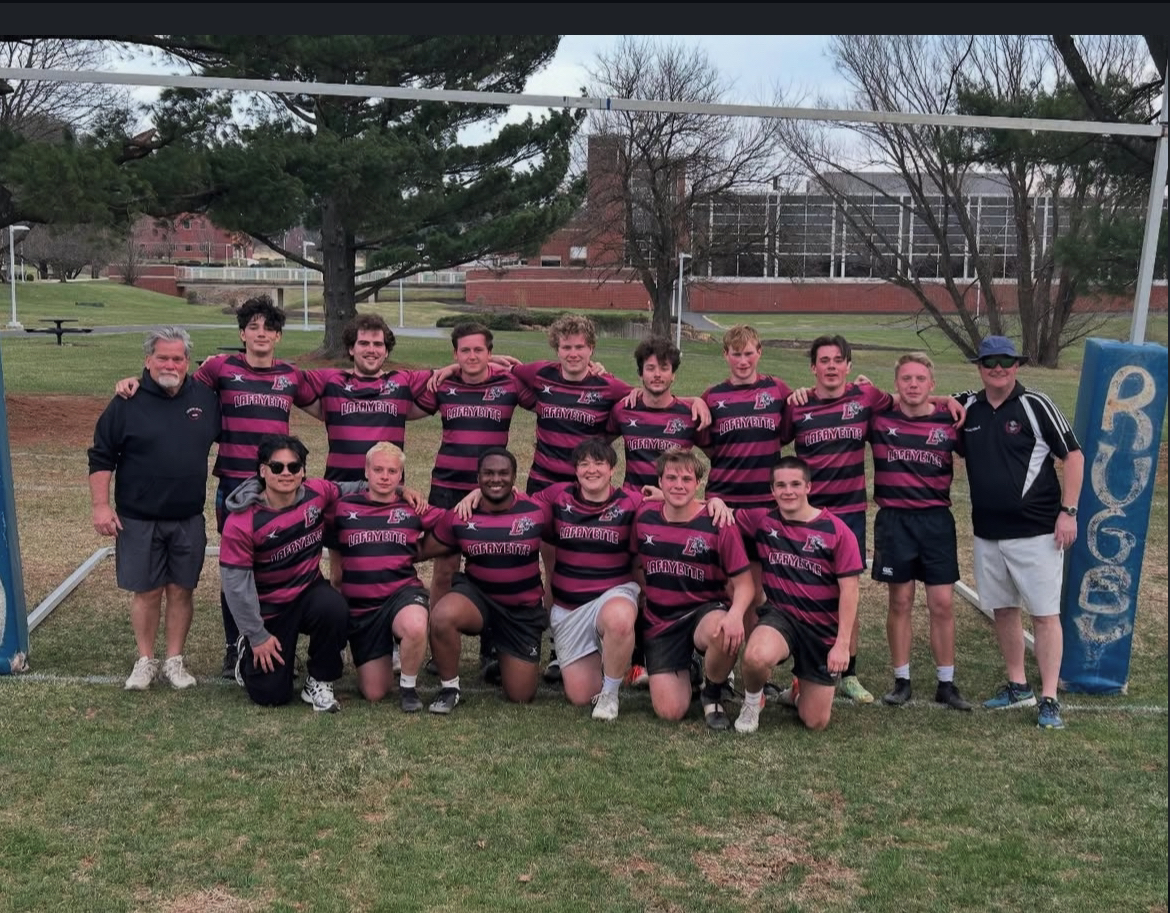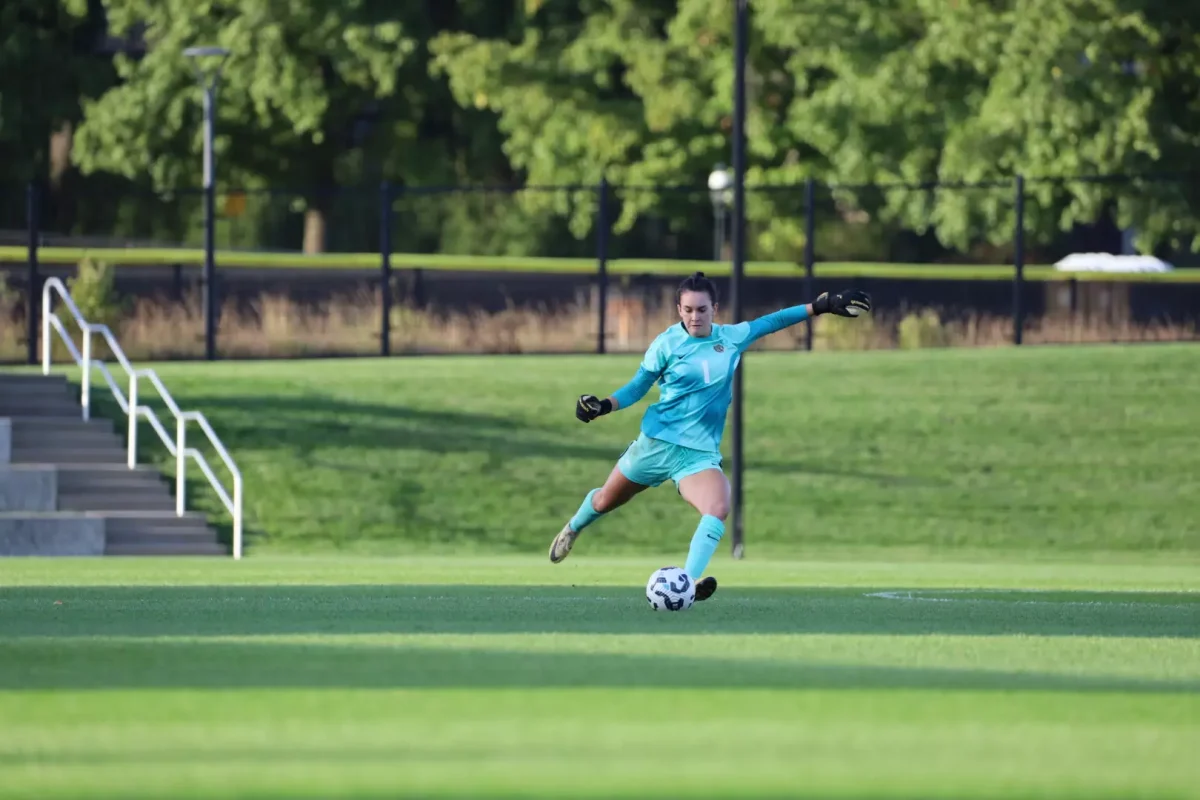Image Patterson ‘25 first began cultivating ideas for a multi-week art installation last semester. After a summer in West Baltimore, Maryland, Patterson discovered what would become the beating heart of “Sankofa: The Intergenerational Journey through Blackness – Exploring Inheritance and Culture:” a celebratory journey through Black culture.
Patterson cited the profound impact that their time in West Baltimore with economics professor Gladstone Hutchison had on shaping their worldview.
“While we were there, seeing the resilience of a group of people who have been disillusioned, who have been systematically oppressed and who have, in some ways, been ignored,” Patterson said. “Seeing them still choose loyalty, seeing them still rise above every single thing that has been thrown at them, that is the essence of my project.”
“[Patterson] is observing these things, and then [they are] going back and studying these things and trying to understand what it is,” Hutchison said. “And what [they now are] offering is a thesis for how we understand your heritage assets, not the heritage deficits.”
All of Patterson’s ideas and emotions were eventually birthed into the project “Sankofa.” Named for the Ghanaian proverb that tells of the value of going back and retrieving what one has lost, Patterson has made numerous installations that range from short films to choreographed dances for the project.
“I fell in love with this idea of being inspired by the past to create a more beautiful and reimagined future,” Patterson said. “For Black and brown, but also, all people, because part of the project is really focusing on how all people connect, in some way, shape or form. So even though the highlight is exploring Blackness, exploring the journey with it, it’s also about connecting all people.”
When developing “Sankofa,” Patterson worked closely with Hutchison, bonding over the development of each stage of their project.
“[Hutchison] was there to just facilitate discourse with me every single meeting we had,” Patterson said. “Some people might say it was an argument. I look at it as, here’s someone who’s invested in my flourishing, invested in my growth and invested in my mind, who’s going to challenge every idea that I have so that I know if it’s strong enough, or if I need to go revise it because he understands that I’m an artist.”
“[Patterson is] really committed to giving [themselves] a chance to be great, because [they’re] really smart, and [they’re] really committed … [they have] totally invested [themselves] in that now,” Hutchison said.
While Patterson wants their audience to feel joyous and engaged when viewing their exhibits, they also want to address topics that could possibly make people uncomfortable and angry.
“I actually implore and welcome the multitude of feelings that they’ll feel meaning the anger, the joy, the proudness because it’s engaging the part of them that feels,” Patterson said. “And then when I engage the part of them that feels, it’ll get their brain working. And when the brain starts working, well, then conversations are going to start happening.”
Patterson is proud of how far they have come as an artist and student, and feels that their voice is heard loudly and proudly in “Sankofa.”
“This entire project, especially the art installations, is me exploring everything that I have consumed,” Patterson said. “But this summer showed me that I could be an intellectual, that I can hold my chops against people who have been in academia way longer than me … and that if trained properly, I can also be a part of that conversation, that my art has a seat at the table in a place in which is so, so academic.”
“[Patterson] is ‘Sankofa,'” Hutchison said. “I’d be disappointed if [they didn’t] achieve greatness.”

